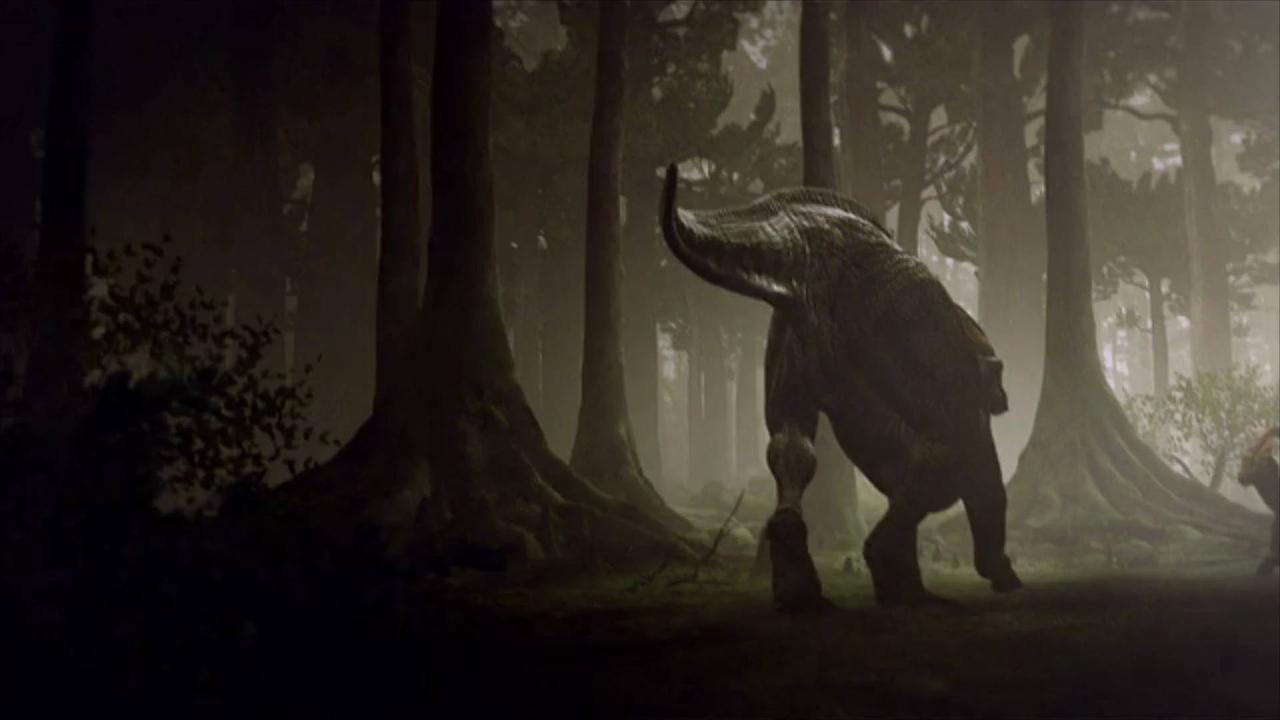
Scientists Look to Uncover , the Last Dinosaurs to Roam the Earth , Before Asteroid Hit.
'Newsweek' recently reported on some of the last dinosaurs that were around when a gigantic asteroid struck the Earth and caused a mass extinction event.
This event wiped out nearly three quarters of all plant and animal species on the planet, including non-avian dinosaurs and pterosaurs, as well as many birds and mammals.
The last Age of the Dinosaurs took place near the end of the Cretaceous Period at a time referred to as the Maastrichtian.
We mostly hear about the last dinosaurs that were alive in North America, because some of the best and only rocks we've discovered for this moment in time are in Montana and the Dakotas.
, Ashley Poust, Paleontologist from the San Diego Natural History Museum, via 'Newsweek'.
That's only a very small bit of what was likely a huge, unknown diversity of 'last dinosaurs' across the globe, Ashley Poust, Paleontologist from the San Diego Natural History Museum, via 'Newsweek'.
Two of the most famous dinosaur species alive during the Maastrichtian were the Triceratops and the Tyrannosaurus rex.
Remains of these well-known dino species were found alongside a number of other dinosaurs in the Hell Creek Formation.
.
The heavily armored plant-eater, Ankylosaurus, the thick-skulled plant-eater, Pachycephalosaurus, and the bird-like "Chicken from Hell," Anzu, were also among the final dinosaurs.
The heavily armored plant-eater, Ankylosaurus, the thick-skulled plant-eater, Pachycephalosaurus, and the bird-like "Chicken from Hell," Anzu, were also among the final dinosaurs.
The heavily armored plant-eater, Ankylosaurus, the thick-skulled plant-eater, Pachycephalosaurus, and the bird-like "Chicken from Hell," Anzu, were also among the final dinosaurs.
These would've been some of the very last non-avian dinosaurs on Earth; most or all were probably in existence when that giant asteroid fell out of the sky 66 million years ago and caused massive environmental disturbances, Matthew Lamanna, Palaeontologist from the Carnegie Museum of Natural History, via 'Newsweek'.
'Newsweek' reports that scientists also know that dinosaurs existed in Mongolia, Madagascar and Antarctica around the time of the mass extinction event.
